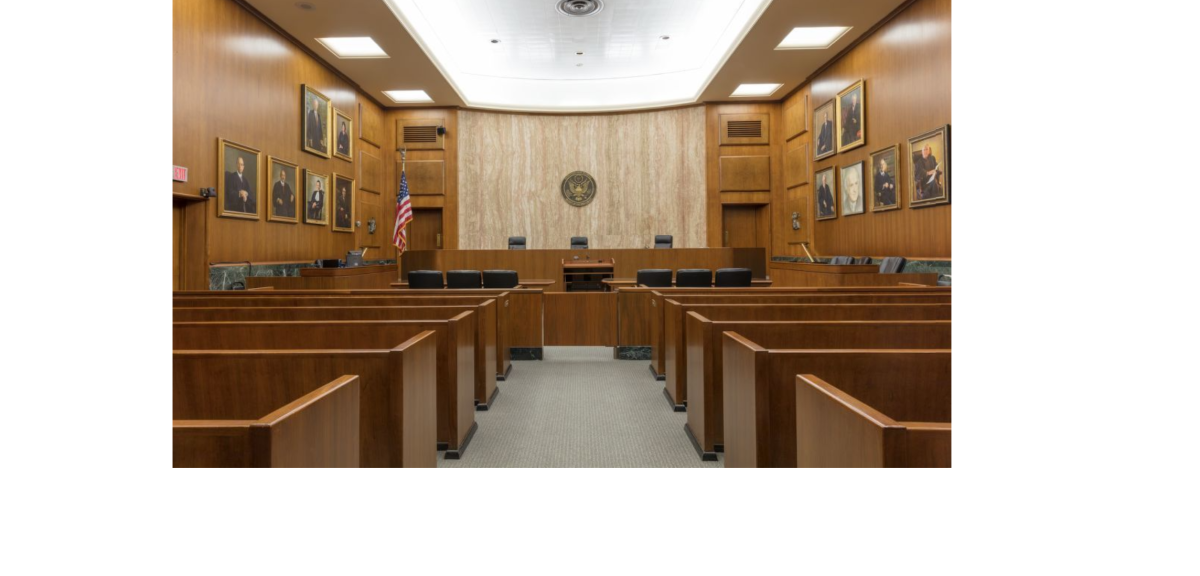According to the online etymology dictionary, “the bar” derives its meaning around the 1550s from “the railing that separated benchers from the hall in the Inns of Court”. After 1600, it was used to refer to the railing where a barrister stood to plead. Thus, the barristers are known collectively as the bar and only them are qualified as advocates before the High Court. To become a barrister, the student must complete an academic program (as Mill did when studying Law), receive professional training and meet certain traditional requirements where social connections with a particular Inn of Court are built.
The bar, as a physical barrier between the general public and the legal procedures, is also a social barrier that separates the common from the professional. Among all other vocations in the Victorian period, the legal profession was one with extra significance in its public feature. A barrister is “called” to the bar to perform his duties to the community. Before settling down with his role as an influential academic writer and his appointed job in the India House, Mill believed public service in the House of Commons was his calling. Many of the young men who studied with Mill for the bar proceeded to pursue a political career. Amongst them was John Arthur Roebuck, with regards to whom Mill wrote with a tinge of contempt and envy, “a man who has made considerably more noise in the world than any of these” (81). Mill bitterly regretted his father’s decision for his professional occupation, which determined his status “for the next thirty-five years” of his life. Partly for monetary interests, he could not quit his job at the India House. Therefore, despite him being qualified for the bar, Mill failed to overcome that final barrier towards a political vocation which required the privileges of money and class.
Sources:
1. Barrister. www.britannica.com/topic/barrister.
2. Bar. Online Etymology Dictionary, www.etymonline.com/word/bar.
3. “Courtroom in the Historic E. Barrett Prettyman Federal Courthouse.” The Library of Congress, www.loc.gov/resource/highsm.42434/?r=-0.222%2C0.066%2C1.544%2C0.741%2C0.

